Effective Dog Behaviour Training
How To Effectively Train Your Dog
I have the pleasure of meeting many clients and their dogs every week, whether it’s through puppy pre-school classes, group classes or private consultations. Part of my role as a professional dog trainer and behaviour consultant is to work with clients to resolve puppy or dog behaviour problems so if you are experiencing some behaviour challenges with your canine family member then read on to find out what to do!
1. Management
The first step in any dog behaviour training plan is to use management to prevent the unwanted behaviour from happening. Dogs are always learning from their environment and if given the opportunity, they will repeat behaviours that get them what they want – even if we consider the behaviour to be something that we don’t like! Learning theory tells us that the more a behaviour occurs, the more it is strengthened and the harder it is to change. So, the earlier we use management to prevent the behaviour from occurring, the higher the likelihood of success in changing the behaviour. Use things like a baby gate, leash or restrict your dog’s access to certain areas of the house where they can’t get themselves in trouble.
2. Understand Why the Behaviour Happening
It’s important to understand why the undesirable behaviour might be occurring. We don’t always know the full background and history of our dogs, but if we look at some of the potential causes of behaviour and work on changing these things, then the undesirable behaviour may be reduced or in some cases, eliminated. Is your dog chewing the BBQ legs because they are bored? Try giving your dog more mental stimulation through interactive food toys. Are they barking at people passing by the fence when you’re not home? Give them an hour’s off-leash exercise before you leave for work. Are they jumping up because every time they jump up, you reward them by patting them? Make sure you and your family members are not giving them attention when they jump up. Is your dog begging at the table because you feed them food scraps? Make a family rule not to feed your dog from the table.
3. Teach and Reward a New Behaviour
Now that you’ve used management to prevent the behaviour from being repeated and you’ve looked at why the behaviour might be occurring, the next step is to teach and reward your dog a new, incompatible behaviour using positive reinforcement dog training methods then heavily reward this behaviour. We mentioned before that dogs will do what works for them and what they are rewarded for – so if you reward a new behaviour then your dog is much more likely to choose this new behaviour in future. Teaching your dog to lie on a mat is a simple, effective solution to many behaviour problems – your dog can’t chew furniture, steal items or beg at the table if they are relaxing on a mat quietly beside you. Another useful behaviour to teach is duration in a Sit – your dog can’t jump up on you or your visitors if they are holding a sit. Incorporate the new behaviour into your dog’s daily life, practice anywhere and everywhere and soon you will have a dog who is making much more appropriate choices.
4. Enlist the Help of a Reputable Trainer
Lastly, if you have tried all the above steps and feel like things aren’t working, enlist an experienced and qualified positive reinforcement trainer to help you. Resolving your dog’s behaviour problems means that you are your dog can enjoy a peaceful, stress-free life together – and enjoy each other’s company without feeling frustrated!
If you’d like to tell us about your dog and how we can help, shoot us a message from our Contact page. See you on the inside!











